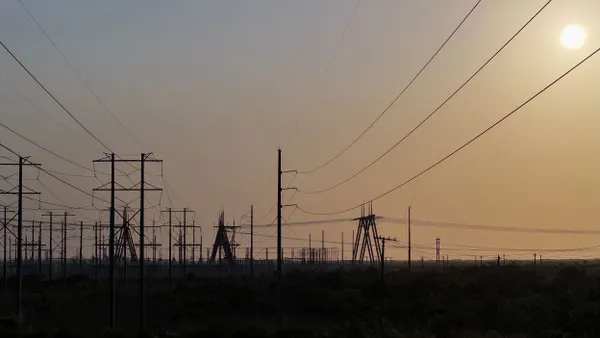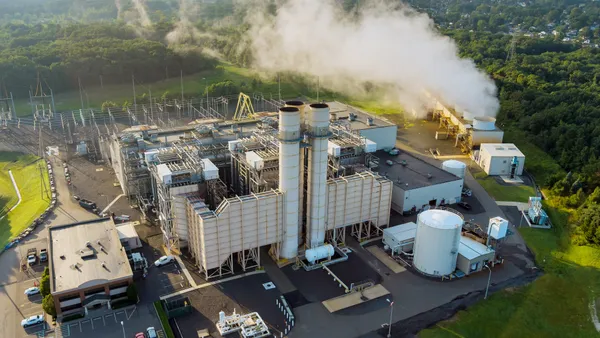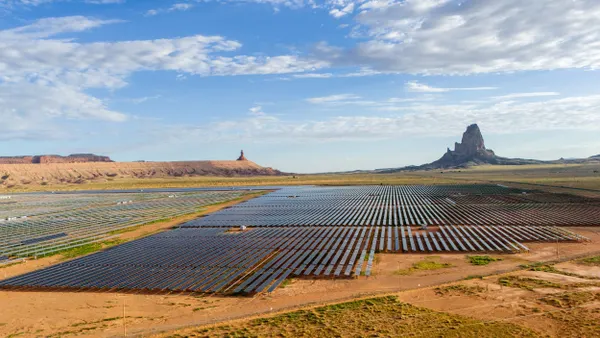Dive Brief:
- The United States has 71 waste-to-energy facilities capable of generating 2.3 GW of energy, according to a blog post at the U.S. Energy Information Administration. But while emissions concerns have limited growth of the resource, there are some signs it could be expanded.
- Last year, Florida's Palm Beach Renewable Energy Facility Number 2 became the first new waste-to-energy plant to come online in the last two decades.
- The plants convert the municipal solid waste such as paper, cardboard, food waste, grass clippings, leaves and wood, into energy and generate less than 1% of the United States' power.
Dive Insight:
Waste-to-energy plants are not a significant source of energy for a couple of reasons, EIA points out: Generation is actually a secondary benefit to waste management, and the plants' emissions have made them a tough sell.
But more than 60% of the United States' WTE capacity is in Florida or the Northeast, and municipal waste is generated everywhere.
In 2015, Florida and four states in the Northeast accounted for 61% of the total WTE power plant capacity in the United States, and they produced 64% of total U.S. WTE electricity generation. EIA said the country produced about 254 million tons of municipal solid waste in 2013 -- compared with the 29 million tons it burned in WTE plants last year. The remaining waste – probably more than 200 million tons – was either recycled, composted, or disposed in a landfill.
"Although Florida's Palm Beach facility is the first new WTE plant to come online since 1995, some WTE generation capacity has been added to existing WTE plants since then," the agency noted. The plants generated about 0.4% of the United States energy last year.
EIA said municipal solid waste contains biomass materials like paper, cardboard, food waste, grass clippings, leaves, wood, and leather products, as well as nonbiogenic materials such as plastics, metals, and petroleum-based synthetic materials. "The biogenic component of MSW makes up about 59% of the total tonnage, but because of a lower heat content (i.e., less energy value), it accounts for about half of the total net electricity generation," the agency explained.













